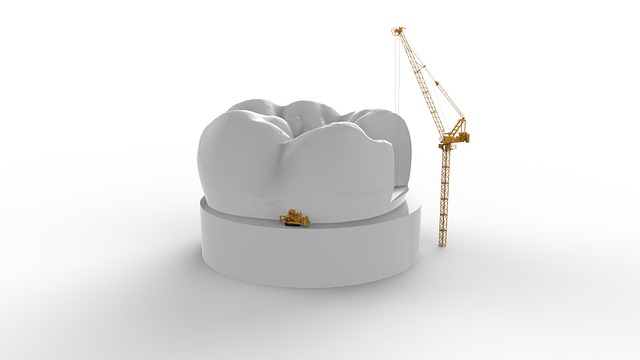
In recent years, concerns about the safety and environmental impact of traditional dental amalgams, which contain mercury, have prompted significant advances in the development of biocompatible mercury-safe fillings. These innovative materials not only align with the increasing demand for healthier, more sustainable dental treatments but also address the potential risks associated with mercury exposure, which include neurological and renal impairments. Biocompatible fillings, made from materials such as ceramic, glass ionomer, and advanced composites, are designed to integrate seamlessly with the body's natural tissues, minimizing the risk of allergic reactions and toxicity. Furthermore, by eliminating mercury, these fillings bypass the environmental issues tied to the disposal of mercury-laden dental amalgam. This shift not only reflects a move toward safer dental practices but also echoes a broader commitment to public and environmental health, encouraging advancements in dental material sciences and application techniques that ensure durability, esthetics, and overall patient satisfaction.
Biocompatible Mercury Safe Fillings
In recent years, there has been an increasing demand for biocompatible mercury safe fillings, as people become more aware of the potential risks associated with traditional dental amalgams. Dental amalgam fillings, commonly known as silver fillings, have been used for over a century due to their durability and ease of application. However, these fillings contain about 50% elemental mercury, which raises concerns about mercury exposure and its potential impact on human health. Biocompatible mercury safe fillings offer an alternative for those seeking non-toxic dental options, as they typically do not contain any mercury and are comprised of bioactive materials that are known to be safer for the body.
Biocompatible materials used in mercury safe fillings are often composites made from a mixture of plastic resin and finely ground glass particles. These compounds not only offer an aesthetic advantage, as they can be closely matched to the natural color of teeth, but they also provide a durable and chemically stable alternative to amalgam. Moreover, these materials are designed to work harmoniously with the natural oral environment, minimizing the risk of allergic reactions or biological incompatibility. They are also less likely to expand or contract with temperature changes in the mouth, which can reduce the likelihood of tooth fractures and other dental issues over time.
The shift towards mercury safe fillings is also supported by a growing body of research and professional guidelines advocating for mercury-free dental practices. The Minamata Convention on Mercury, a global treaty, aims to protect human health and the environment from anthropogenic emissions and releases of mercury and mercury compounds. As part of this initiative, many countries are encouraging the use of alternative materials in dental care to minimize exposure to mercury. Dentists equipped with the latest technology and training in biocompatible materials can provide safer, more effective dental care options. This shift not only ensures better long-term health outcomes for patients but also aligns with broader environmental efforts to reduce mercury pollution worldwide.




0 comments
Post a Comment